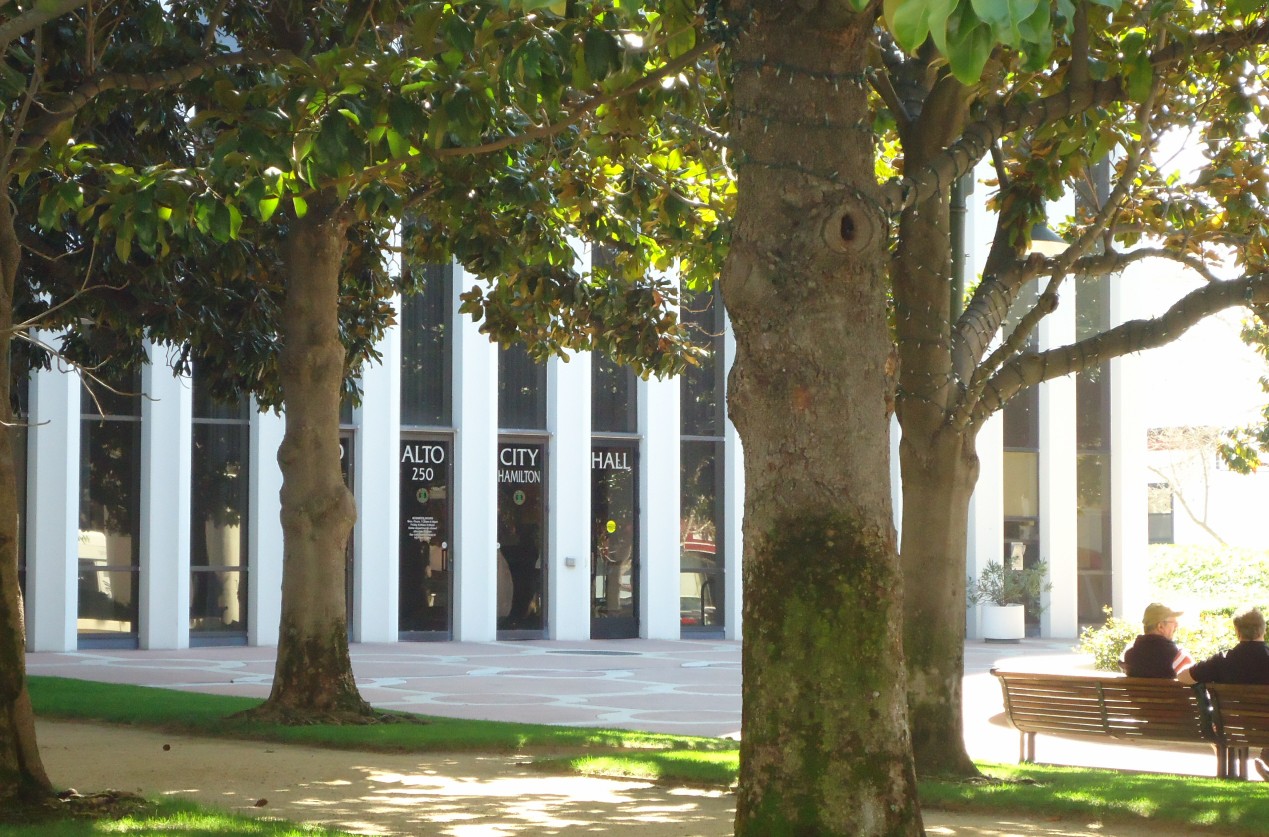By David Crane, Lecturer and Research Scholar at Stanford University and President of Govern for California.
On February 26 the Palo Alto City Council voted 9–0 in favor of a proposal to uncloak negotiations with the city’s public employees. The next step is to meet and confer with public employee unions, which is required under current state law. (You read that right. As explained here, under current state law the taxpayers of Palo Alto are not permitted to observe negotiations about their largest expenditures without the consent of the recipients of those expenditures.) Stay tuned.
The Council took an additional step towards transparency that’s more esoteric but potentially protective of future Palo Alto services and taxpayers. As disclosed here, the City’s Finance Committee hired an independent actuary to produce a budget scenario reflecting a more realistic return on pension assets than the high return assumed by CalPERS, the city’s pension fund manager. As explained here, excessive assumed rates of return by CalPERS have allowed governments and public employees to artificially suppress pension costs in the short run but at the expense of massively larger costs down the road. Realistic rates of return force governments and public employees to pay their fair shares on a timely basis and save future residents from having to use their tax dollars for past services.
For decades school districts and governments in California have been suppressing truthful accounting of retirement benefits. The consequences today are exploding retirement costs that are devastating public services. Palo Alto’s transparency steps could help to protect against future devastation. Legislators everywhere should pay attention.
[divider] [/divider]





